The Good and The Bad….
The other day, I was driving home from a landscape consult and as usual – I was on the lookout for examples of good and bad landscaping.
This particular day, I saw some great examples that I would love to share with you.
First the good…
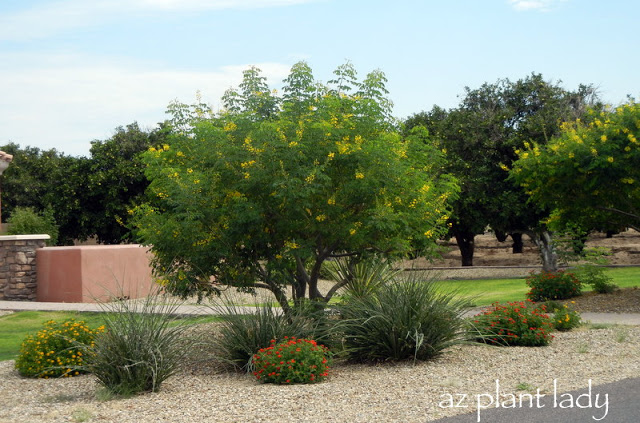
my favorite flowering shrubs
Isn’t this landscape grouping, attractive?
There is great texture and color.
The Mexican Bird-of-Paradise (Caesalpinia mexicana) is one of my favorite flowering shrubs, which can be trained as small trees – I have 3 at home.
The spiky foliage of the Red Yucca help to provide contrast with the softer edges of the tree and Lantana.
Speaking of which, you cannot beat Lantana for summer color.
Here is another good example of landscaping…
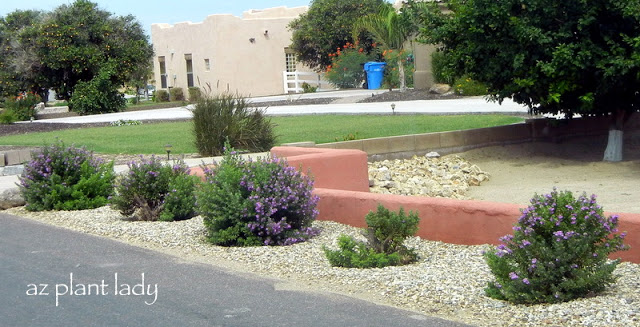
Although, the Texas Sage, above, is planted a bit too close together, the homeowner has solved the problem by pruning them back severely to approximately 1 ft. using loppers. Notice that they did NOT use hedge shears or trimmers, which is a good thing!
What this does is to keep the shrubs within bounds, but since they weren’t sheared, the flowers and natural shape of the shrubs can be enjoyed.
You can really tell the difference when you see the photo below from the house next door – which is a bad example by the way…
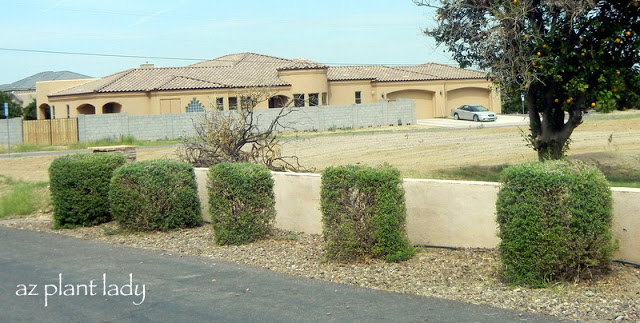
The same shrubs, planted too close together. But, the homeowner elected to shear them back with hedge-trimmers.
The flowers and absence of the shrubs natural shape make these look like green ‘cones’.
Finally, I saw this really bad example of landscaping…
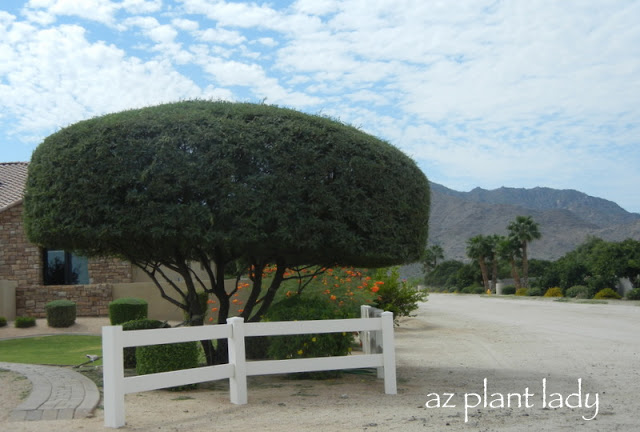
Isn’t this terrible?
Believe it or not, this is a Mesquite tree that has been ‘poodled’ – meaning sheared into a round shape.
Pruning trees this way is very unhealthy for them for many reasons:
– Shearing trees actually stimulates excess growth meaning that you will need to prune them more often then a properly pruned tree.
– Sunlight has difficulty penetrating the interior, which can lead to the eventual death of interior branches.
– New branches will grow at a ‘weak’ angle, which makes them more susceptible to breakage.
These are but a few of the reason of why not to ‘shear’ or ‘top’ trees.
**How about you? What examples of good and bad landscaping have you seen this summer?
You can learn more about why it’s wrong to ‘top’ trees in this article from the International Society of Arboriculture.

 Noelle Johnson, aka, 'AZ Plant Lady' is a author, horticulturist, and landscape consultant who helps people learn how to create, grow, and maintain beautiful desert gardens that thrive in a hot, dry climate. She does this through her consulting services, her online class Desert Gardening 101, and her monthly membership club, Through the Garden Gate. As she likes to tell desert-dwellers, "Gardening in the desert isn't hard, but it is different."
Noelle Johnson, aka, 'AZ Plant Lady' is a author, horticulturist, and landscape consultant who helps people learn how to create, grow, and maintain beautiful desert gardens that thrive in a hot, dry climate. She does this through her consulting services, her online class Desert Gardening 101, and her monthly membership club, Through the Garden Gate. As she likes to tell desert-dwellers, "Gardening in the desert isn't hard, but it is different."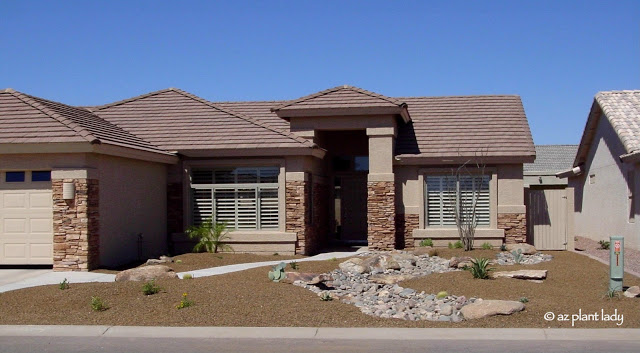
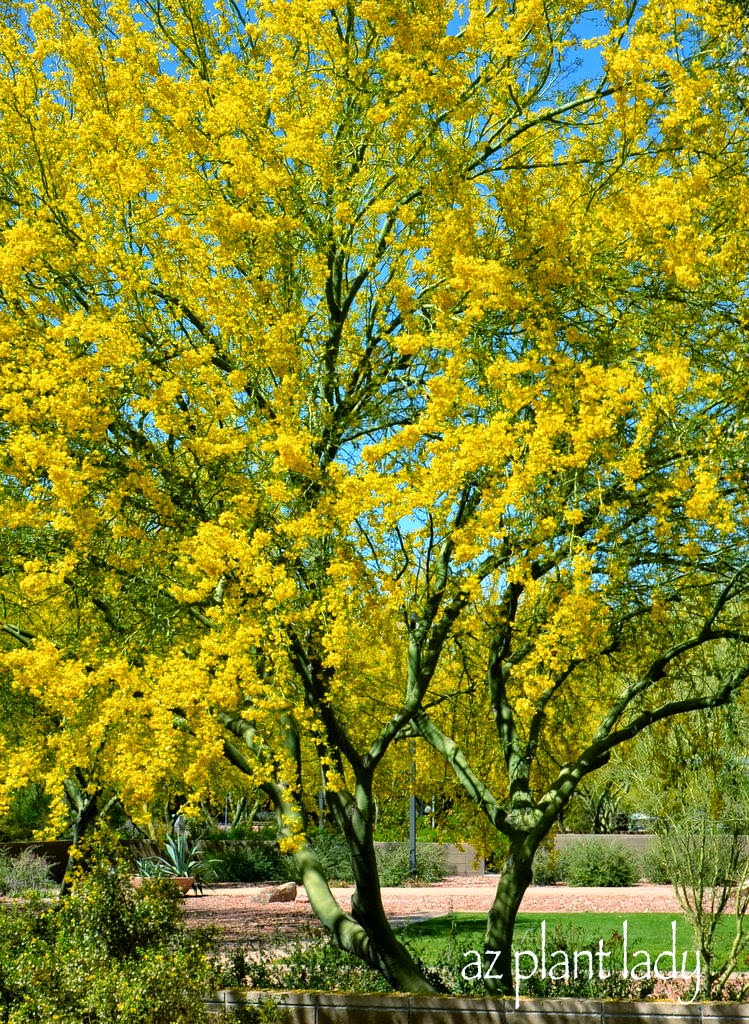
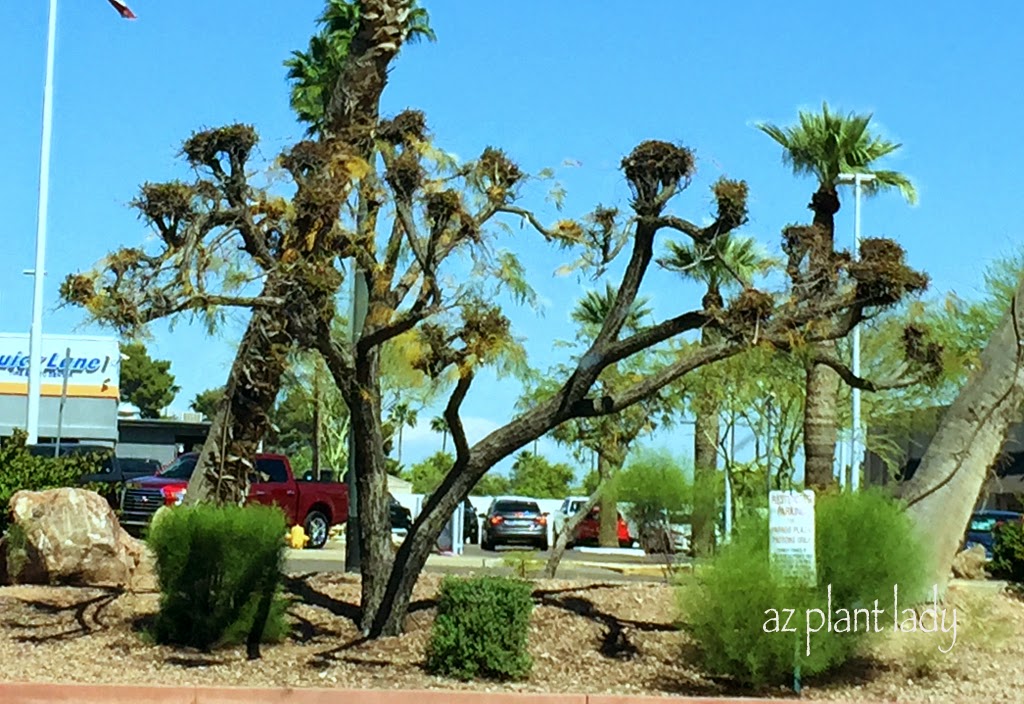
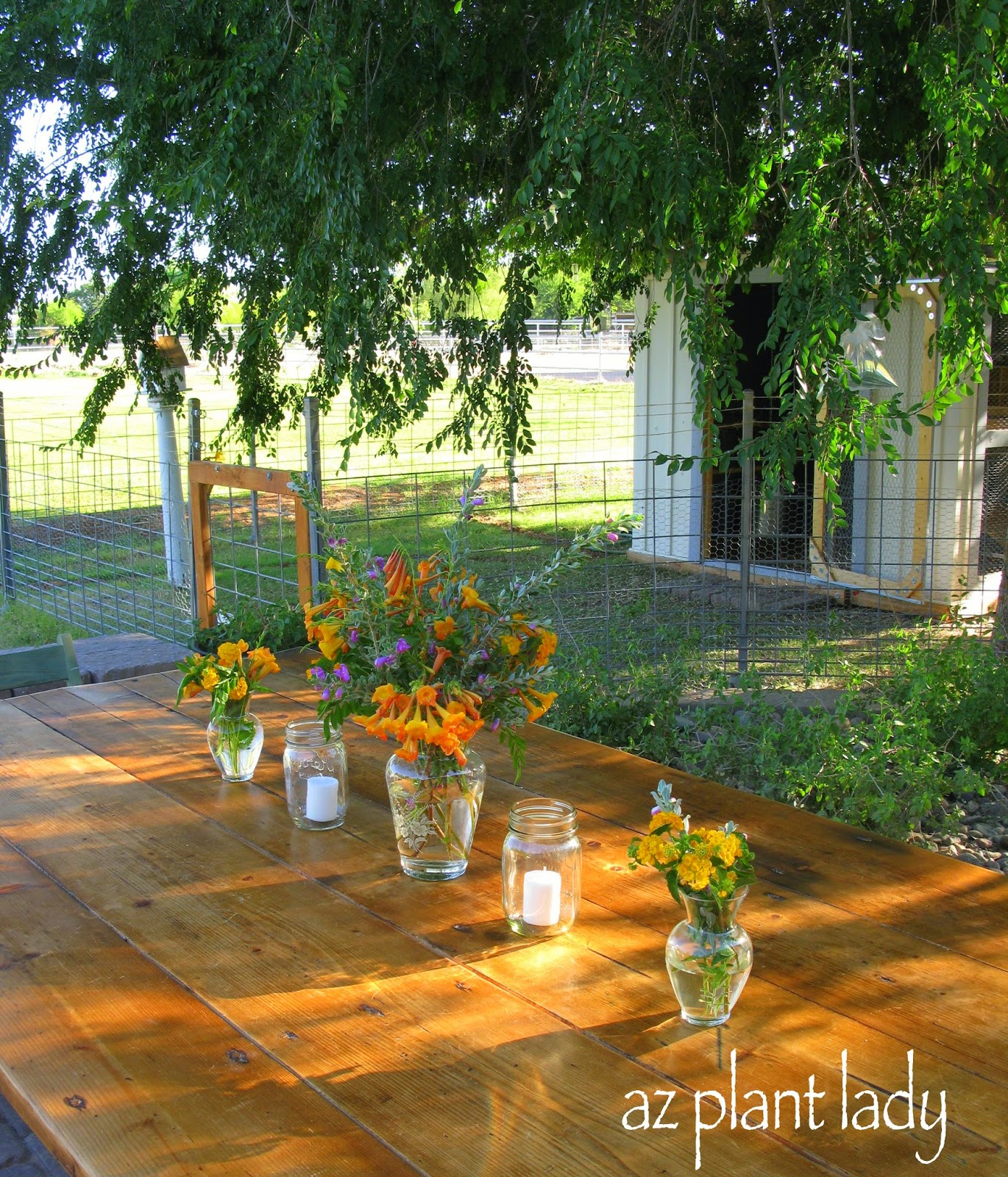
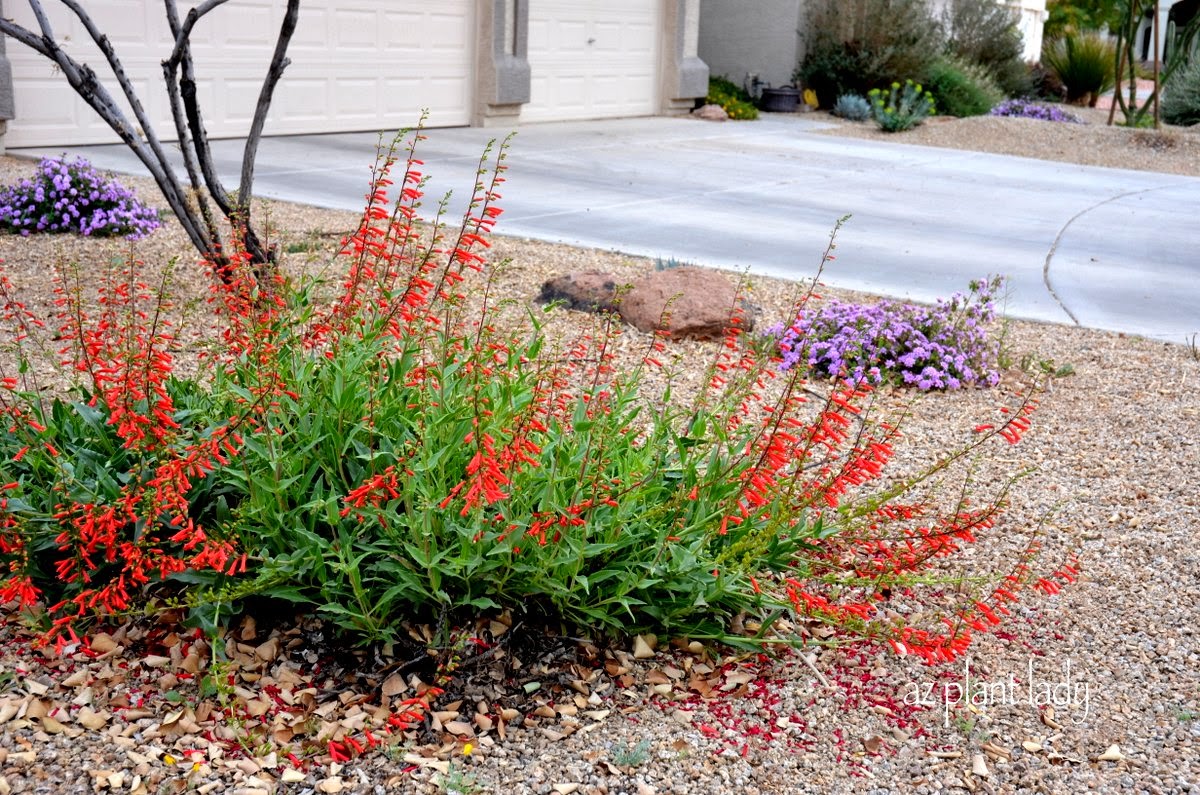
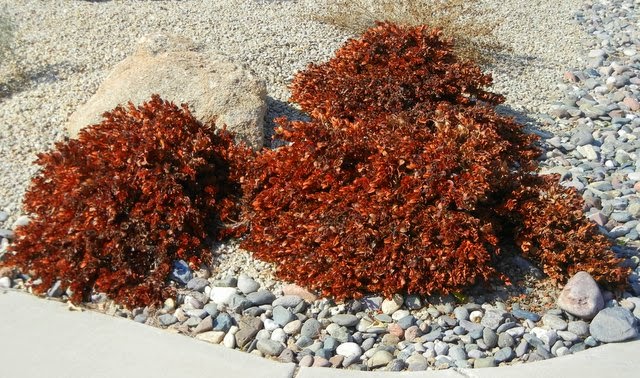








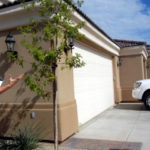
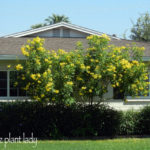
I'm afraid we have a couple of "mistakes" in our yard. My husband likes shrubs to be just so…I prefer them more natural. So, since he does the trimming…I just bite my tongue. I do the flower gardens…they look very natural indeed. Sometimes we have to compromise.
Balisha
A common "don't" I see here in Ohio that drives me crazy, is when people plant numerous annuals for summer color, thinking they have "landscaped". Come winter, they have nothing to look at!
Thanks for that link, I've saved it for future reference.